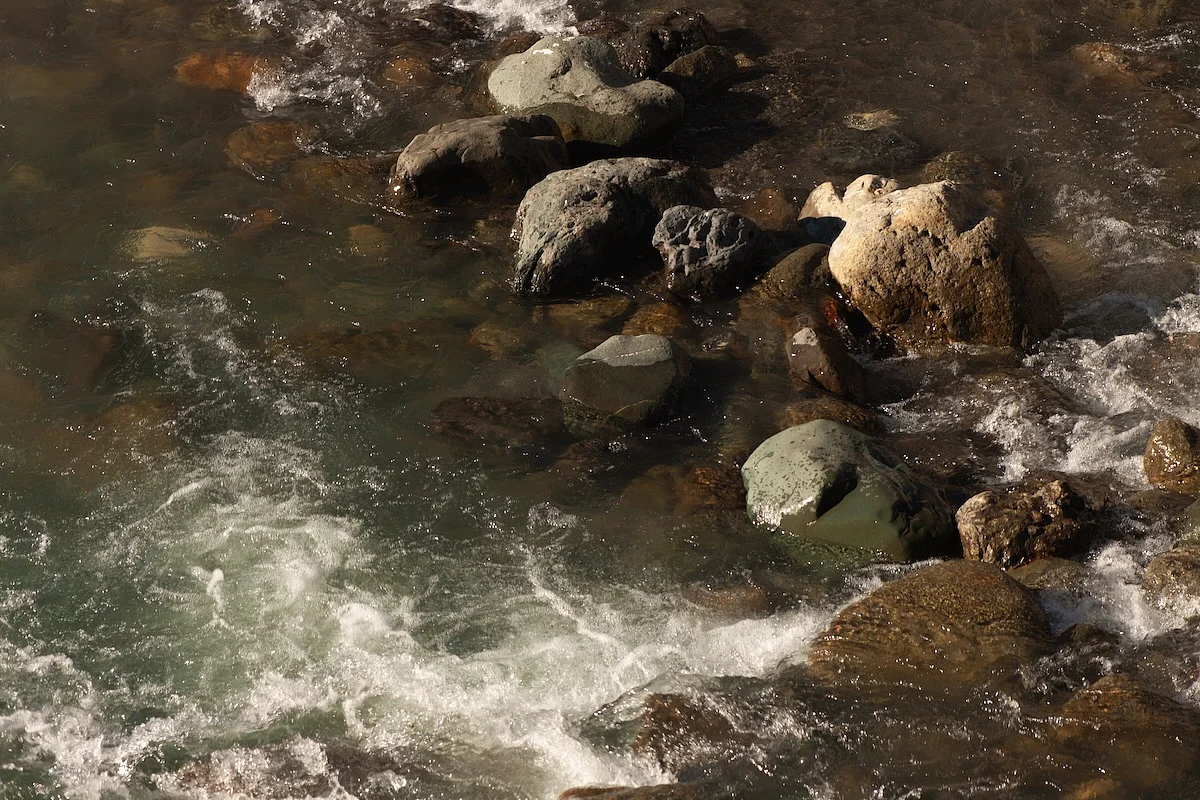Living Near Polluted Missouri Creek as a Child Tied to Later Cancer Risk
By I. Edwards HealthDay Reporter
 via HealthDay
via HealthDayTHURSDAY, July 17, 2025 — Folks who grew up near a polluted Missouri creek during the 1940s through 1960s may have higher odds for cancer now, new research shows.
The study focused on Coldwater Creek in St. Louis County. The area was contaminated with radioactive waste from the U.S. government’s atomic bomb program during World War II.
Back then, uranium was processed in St. Louis and nuclear waste was stored near the city’s airport. That waste leaked into Coldwater Creek, which runs through several residential neighborhoods.
Researchers found that people who lived within one kilometer (0.62 miles) of the creek as kids had an 85% higher risk of developing certain cancers later in life compared to those who lived more than 20 kilometers (12.4 miles) away.
Those cancers include leukemia, thyroid cancer and breast cancer, which are known to be linked to radiation exposure.
“The closer the childhood residence got to Coldwater Creek, the risk of cancer went up, and pretty dramatically," lead researcher Marc Weisskopf, a professor of epidemiology at Harvard T.H. Chan School of Public Health, told The Wall Street Journal.
The findings were published July 16 in JAMA Network Open.
For the study, Weisskopf’s team surveyed more than 4,200 adults who lived in the St. Louis area as children between 1958 and 1970.
These people had donated their baby teeth years ago for radiation research. The new survey asked about cancer and other health issues.
About 1 in 4 participants said they had been diagnosed with cancer. Risk dropped the farther someone lived from the creek as a child.
Outside experts who reviewed the findings described them as concerning.
“It emphasizes the importance of appreciating that radioactive waste is carcinogenic, particularly to children, and that we have to ensure that we have to clean up any remaining waste that’s out there,” Dr. Rebecca Smith-Bindman, a radiation risk expert at the University of California, San Francisco, told The Journal.
In 2024, the U.S. Army Corps of Engineers began placing warning signs along parts of the creek that still have radioactive waste, The Journal reported.
The U.S. Agency for Toxic Substances and Disease Registry reported in 2019 that contamination have raised the risk of leukemia and lung and bone cancer.
Later exposures, starting in the 2000s, were linked to a slight increase in lung cancer for those who lived nearby.
But the agency said it’s hard to link any one person’s cancer directly to radiation. Genetics, lifestyle and other factors could also play a role.
In this study, radiation exposure wasn’t directly measured. Cancer cases were also self-reported, not confirmed by medical records.
Weisskopf plans to measure radiation levels using the stored baby teeth in future research.
Radiation exposure has long been tied to cancer, but this study is among the first to look at lower, long-term environmental exposure in the U.S., not just high levels from nuclear disasters or bombings.
"Radiation, when it’s given unnecessarily, only causes risk," Dr. Howard Sandler, chair of radiation oncology at Cedars-Sinai in Los Angeles, told The Journal.
Sources
Disclaimer: Statistical data in medical articles provide general trends and do not pertain to individuals. Individual factors can vary greatly. Always seek personalized medical advice for individual healthcare decisions.
Source: HealthDay
Posted : 2025-07-18 06:00
Read more

Disclaimer
Every effort has been made to ensure that the information provided by Drugslib.com is accurate, up-to-date, and complete, but no guarantee is made to that effect. Drug information contained herein may be time sensitive. Drugslib.com information has been compiled for use by healthcare practitioners and consumers in the United States and therefore Drugslib.com does not warrant that uses outside of the United States are appropriate, unless specifically indicated otherwise. Drugslib.com's drug information does not endorse drugs, diagnose patients or recommend therapy. Drugslib.com's drug information is an informational resource designed to assist licensed healthcare practitioners in caring for their patients and/or to serve consumers viewing this service as a supplement to, and not a substitute for, the expertise, skill, knowledge and judgment of healthcare practitioners.
The absence of a warning for a given drug or drug combination in no way should be construed to indicate that the drug or drug combination is safe, effective or appropriate for any given patient. Drugslib.com does not assume any responsibility for any aspect of healthcare administered with the aid of information Drugslib.com provides. The information contained herein is not intended to cover all possible uses, directions, precautions, warnings, drug interactions, allergic reactions, or adverse effects. If you have questions about the drugs you are taking, check with your doctor, nurse or pharmacist.
Popular Keywords
- metformin obat apa
- alahan panjang
- glimepiride obat apa
- takikardia adalah
- erau ernie
- pradiabetes
- besar88
- atrofi adalah
- kutu anjing
- trakeostomi
- mayzent pi
- enbrel auto injector not working
- enbrel interactions
- lenvima life expectancy
- leqvio pi
- what is lenvima
- lenvima pi
- empagliflozin-linagliptin
- encourage foundation for enbrel
- qulipta drug interactions
